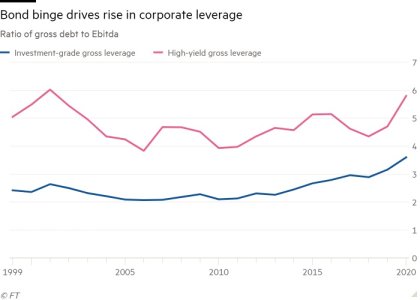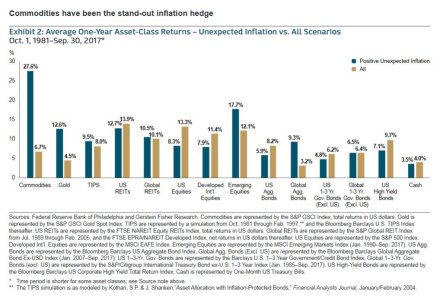bobsinclair
Ladderista
- Registrato
- 7/3/14
- Messaggi
- 11.800
- Punti reazioni
- 1.353
Con più azioni il rischio di finire il denaro diminuisce, è scontato dopotutto essendo le stocks la asset con più rendimento sul lungo periodo. Essendo un early retire è la scelta migliore. Non ha senso andare oltre il 75%. Altrove aumenta il rischio in caso di un bear market profondo o prolungato.
Per chi ha 15/20/30 anni massimo di vita di rendita o altri redditi si può abbassare la componente azionaria.
Diminuisce il rischio di finire il denaro ma deve aumentare la tenuta psicologica....io ne conosco pochi in grado di tenere botta... A questo punto prenditi un Ls80 e prelevati il 3.5 annuo



